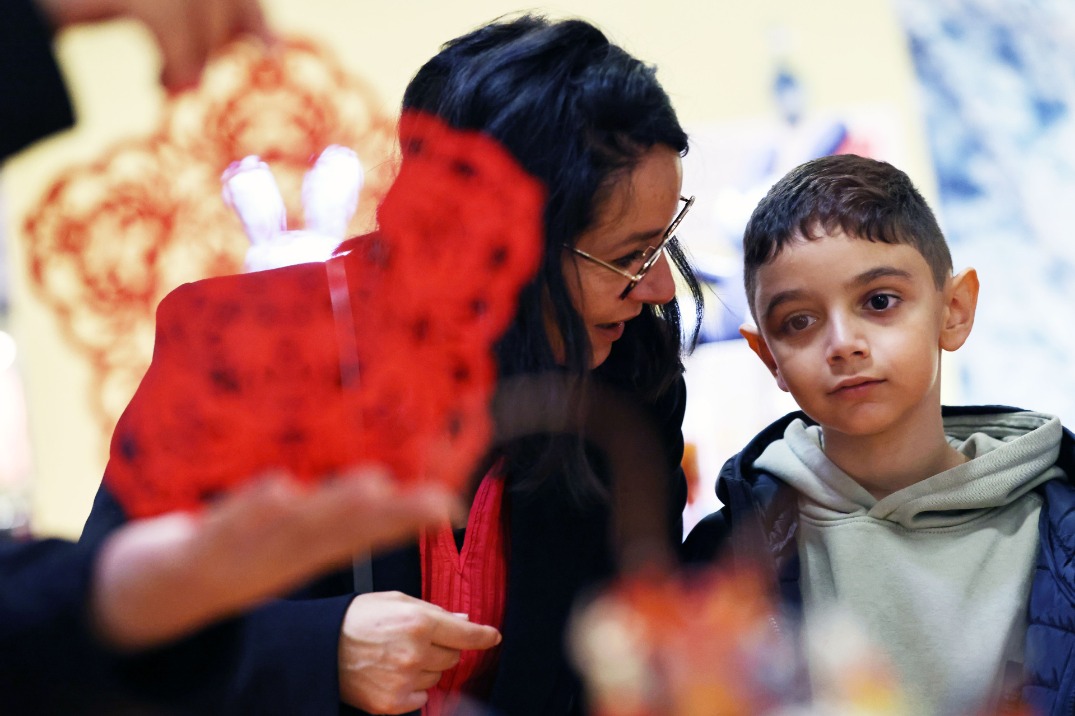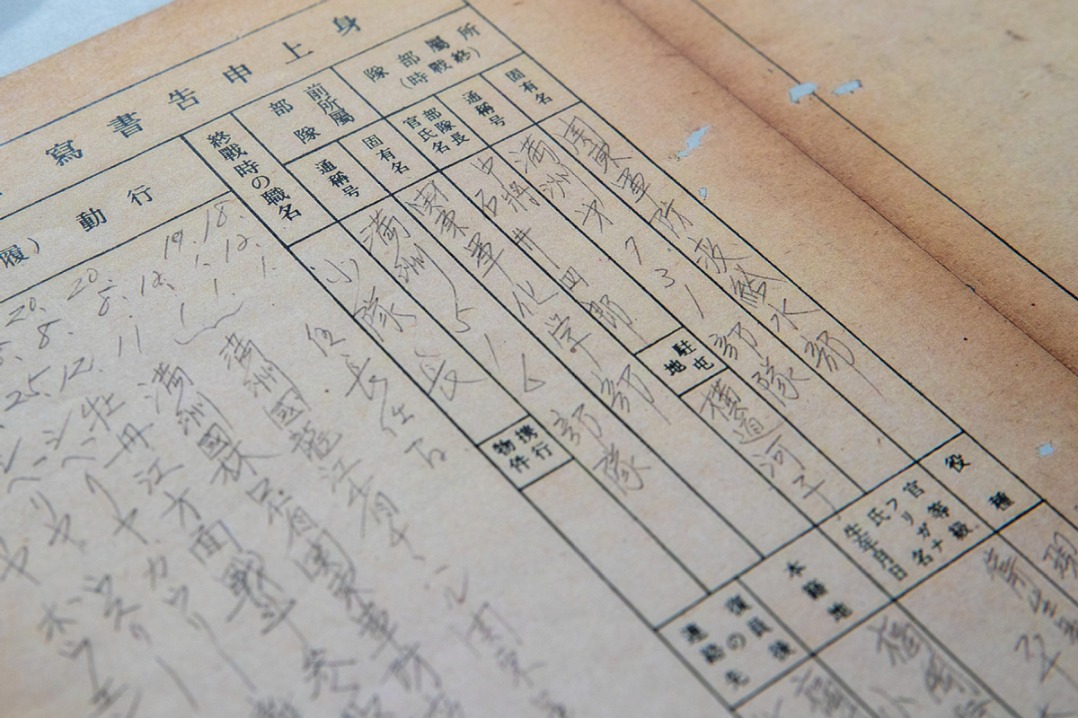When the best lessons in a village school are learned on the ground
By Alexis Hooi | China Daily | Updated: 2020-11-13 08:07
Gao Juan calls to her students on the basketball court. The children are playing amid their break between classes and soon gather around their teacher, as she introduces each of them to visitors at the school.
"Some are shy and take a while to open up. But they are very smart and learn very fast," says Gao, 30.
Gao teaches at the school of Atuleer, a cliffside village in Zhaojue county of the Liangshan Yi autonomous prefecture, Sichuan province.
The villagers used to live in adobe huts perched on precarious slopes that required a half-day climb, before local authorities laid out a metal ladder network to reduce their commute to about two hours.
In May, most of Atuleer's villagers, from more than 80 households, started moving into new apartments with modern amenities in the county seat, as part of latest efforts in a nationwide poverty alleviation drive.
The school, which offers classes up to primary level, is also being upgraded, with room-and-board facilities for 600 people. Students receive about 4,500 yuan ($679) each in annual subsidies.
The students, many from the Yi ethnic group, clearly enjoy their lessons and look forward to the improved learning conditions.
I was fortunate enough to visit Atuleer this summer as a journalist, writing a series of in-depth reports about China's unprecedented achievements in eradicating extreme poverty-defined as living with less than 4,000 yuan in annual income-by the end of this year.
In five months, I visited five villages in four provincial-level areas at the front lines of the anti-poverty fight. Many of these ethnic communities used to form some of China's most impoverished areas deep amid the mountains. But they have since shed their poverty label, working together resolutely to share in the country's growing prosperity.
As demonstrated by Atuleer teacher Gao, one of the most impressive features of the antipoverty effort is felt in the schools. Many of the young teachers come from neighboring areas. Their dedication to students and passion to improve the lives of future generations through education make all the difference at the local level.
Sun Qiang, 30, left his hometown in Pingliang, Gansu province, seven years ago to teach at an elementary school in Bulenggou village about 400 kilometers away.
Bulenggou is in Dongxiang autonomous county of the Linxia Hui autonomous prefecture.
Sun says he did feel discouraged when he first took up the "hardship post". The conditions at the village were tough, such as a lack of running water and inadequate communications links. But Sun says local colleagues advised him not to give up because things would soon improve.
They were right-in less than a decade, the poverty alleviation drive helped Bulenggou shed its impoverished label to become a model of development.
"We have good school facilities now, including a new complex with canteen and computer room,"Sun says, adding that teachers who get assigned to the village will now want to stay on for at least a few years.
The village enjoys full enrollment rates for its school and kindergarten with more than 60 students. Students' grades continue to improve significantly, with at least three of its students graduating to head for universities, he says. Sun himself is modest about his contributions to the community, even as his care and concern for the students are obvious.
"The villagers can see the importance of education. The children also all look forward to classes; rain or shine, they come," he says.
In Dulongjiang township of the Gongshan Derung and Nu autonomous county, Nujiang Lisu autonomous prefecture, Yunnan province, school principal Yang Siyang says his students' performance have also improved amid better living and teaching conditions.
Their Derung ethnic community is located in one of the most remote parts of the country, but that has not stopped the anti-poverty measures from investing in education to attract young teachers and keep classes up to standard, he says.
The school, with more than 750 students of up to junior high level, boasts three-story classroom blocks as well as dining and dormitory areas. There are more than 100 teachers, averaging 27 years old.
"Here on the ground, we must continue to focus on the young and help all of them to thrive,"Yang says.
























